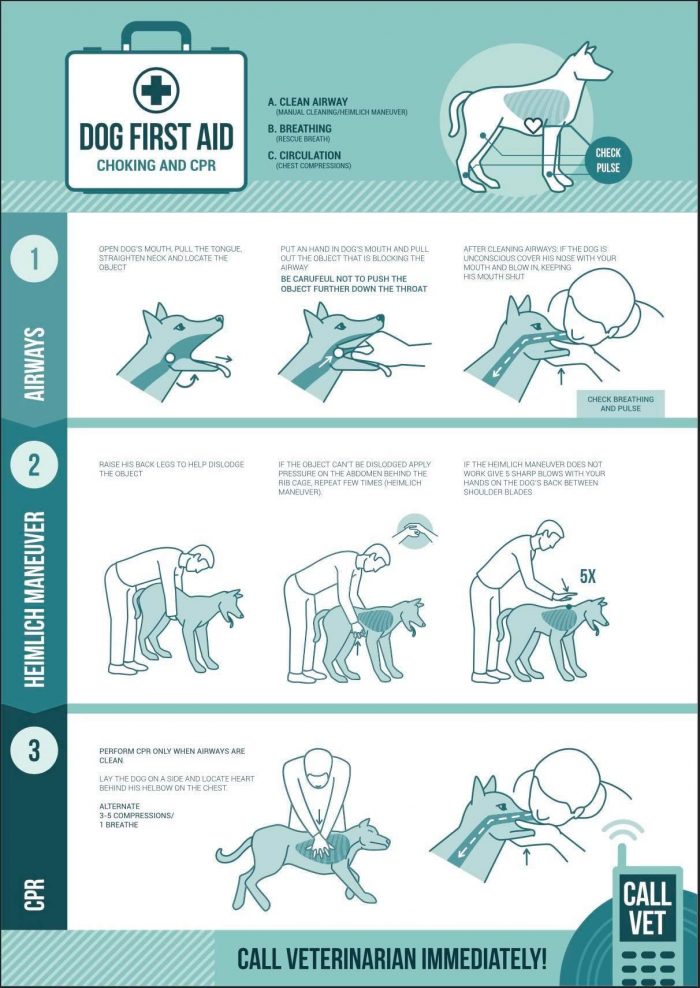
Your puppy is a blur of wagging tails, tiny teeth, and bouncy legs. You love them to the moon and back and would do anything for them. But what if something terrible happened? What if your puppy choked on a toy, or ate a poisonous mushroom in your yard? You can’t be there to help your puppy 24/7—but you can learn how to help them in an emergency. This information could save your dog’s life, so take it seriously!
Warning signs of choking
If your dog is choking, he or she may exhibit several warning signs. These include coughing, drooling, pawing at the mouth and gagging. Your pet may also retch or make a wheezing sound as they try to clear their airway. If you suspect your pooch is choking on a bone or toy, remove it from their mouth as quickly as possible by cupping your hand around his muzzle and pulling outwards with very slow pressure until you feel the item come loose. If this doesn’t work immediately and your dog continues to struggle for breath, gently massage his throat using circular motions while applying gentle pressure downward on both sides of his neck between his jawbone and collarbone.
Puppy CPR can save lives.
To revive your furry friend, first clear any obstructions from their mouth. You can use a safe stick (like a pen or pencil) to help remove foreign bodies that may be blocking the airway. Next, check for breathing and chest movement: If your pet isn’t breathing at all or is making short gasping sounds instead of normal breaths, start rescue breathing immediately.
Next comes chest compressions—they’re used in human CPR and essentially do the same thing for dogs as they do for people: keep blood flowing through the body until medical professionals arrive on scene with an electric defibrillator and other life-saving equipment. The most important thing about this step is that you don’t put too much pressure on your pet’s ribs; if you break them while trying to save them, it could make matters worse! The goal here isn’t to break anything but rather simply compress the ribcage enough so that there are no gaps between each rib where air could escape into those spaces when breathing resumes later on down the road after successful resuscitation… which brings us right back around again!
We hope that this article has helped to demystify canine CPR and choke relief, as well as ease your fears about being able to effectively help your dog in an emergency. If you have any more questions about these topics or are ever unsure what to do for your dog, we recommend calling your local vet or animal hospital and asking for guidance based on the situation at hand.
